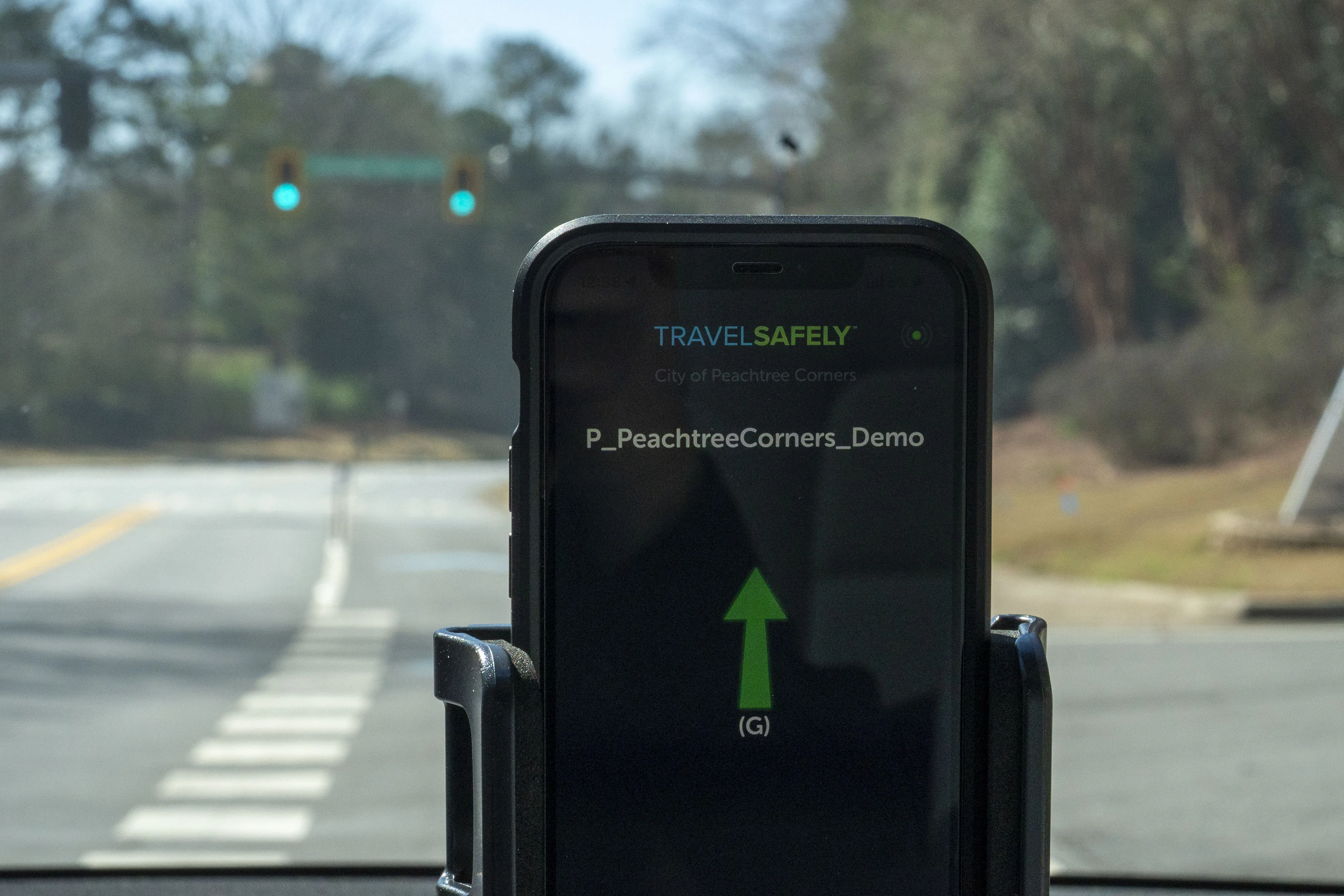February 3, 2012
Read time: 1 min
"The Efkon Infrared CALM ASIC is the key to road communication of the future," says Daniel Ulz, the company's International Marketing Manager. "Directed car-to-car and car-to-infrastructure facility, for example traffic signal, traffic sign and information beacon communication, is now possible thanks to our ASIC. So, important traffic information on events such as accidents, traffic jams and weather conditions are sent direct to the vehicle."









